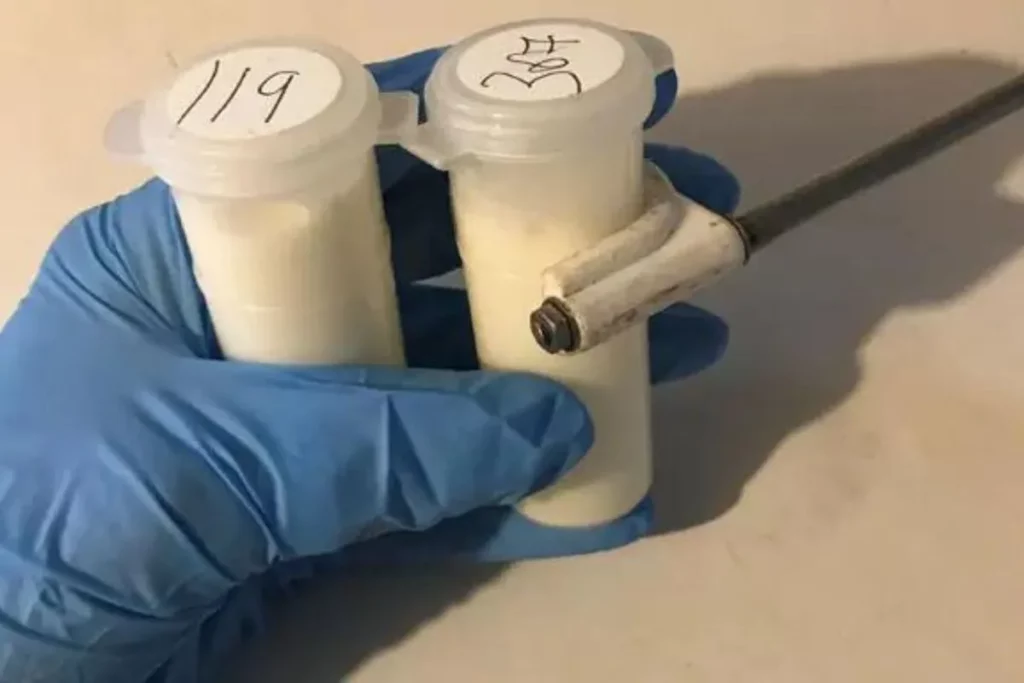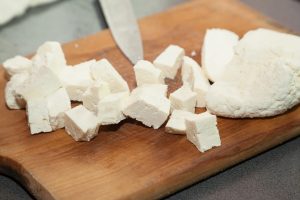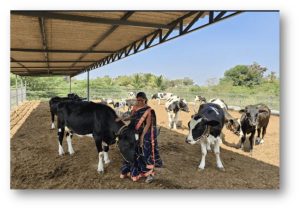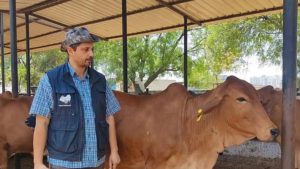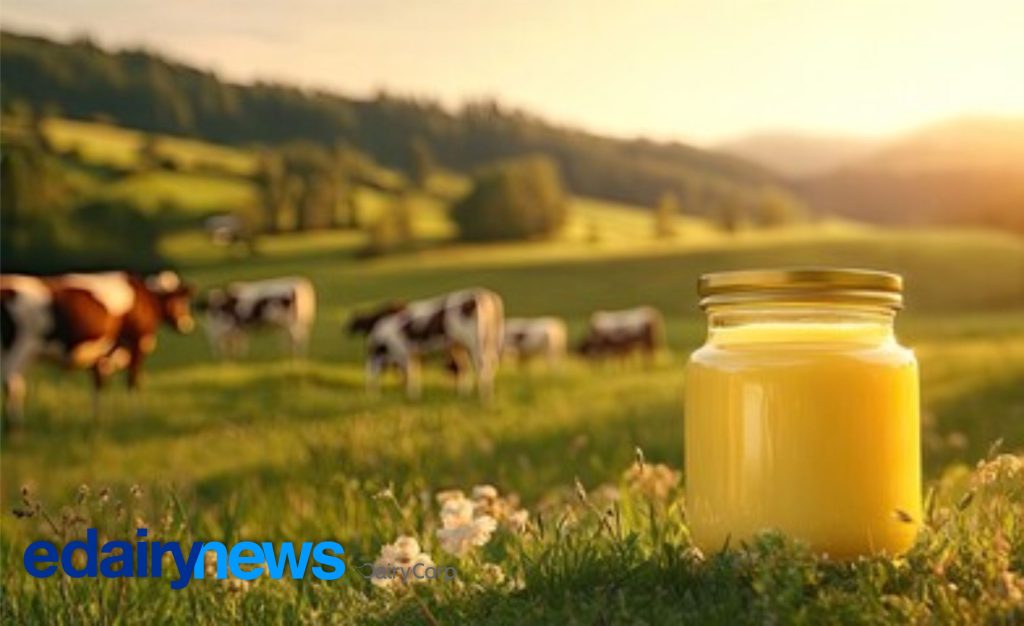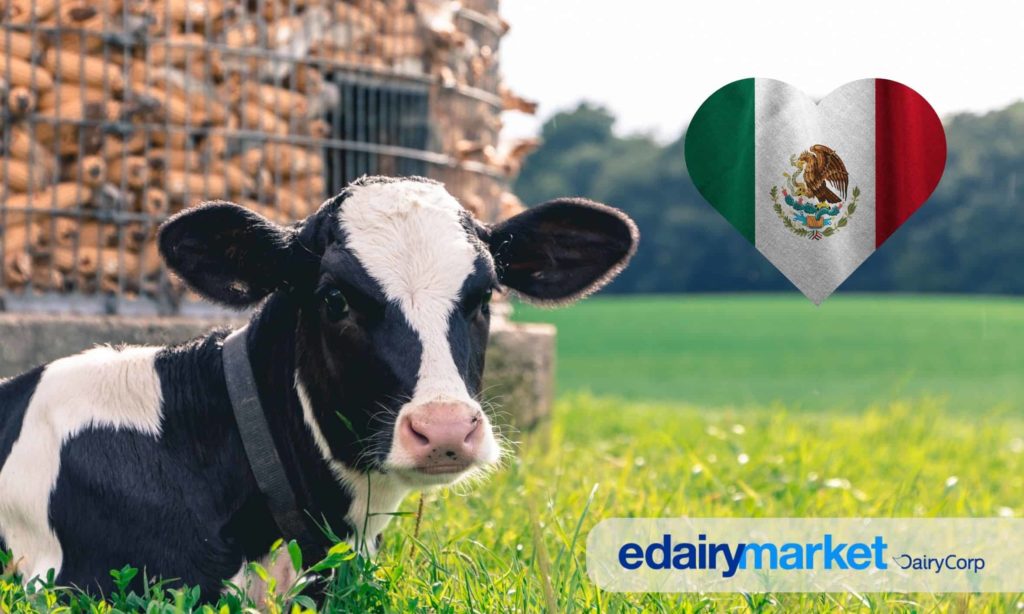
The court has imposed a fine of Rs 3.5 lakh on the country’s famous milk company Amul after its milk and ghee samples failed. A notice has also been issued to the college administration after dirt was found in the canteen of Roorkee College of Engineering which is running without a license.
Sample was taken on 22 October 2019
Let us tell you that four samples, including open paneer, were sent from the college canteen for testing. Open paneer and spices were discarded after being found spoiled. District Food Safety Officer MN Joshi said that on October 22, 2019, Amul Ghee was found from Jhabreda in Roorkee area. Sample was taken.
Apart from this, on March 16, 2021, a sample of Amul was also taken for testing from Taneja Marketing located in Khanna Nagar, Haridwar. All the samples were sent to the lab located in Rudrapur for testing. Where a case was filed in the ADM court due to failure of the sample.
According to the information received, a sample of ghee was taken by the court for Jhabreda. Failing which, a fine of Rs 50,000 has been imposed on Shiv Trading Company Main Bazaar Jhabreda, Rs 50,000 on nominee Banaskota District Co-operative Milt Products and Rs 50,000 on supplier company Gujarat Co-operative Milk Marketing Federation Limited.
Along with this, a fine of Rs 50,000 each has been imposed on Gujarat Co-operative Milk Federation Limited Dehradun, Nominee Banaskotha District Co-operative Milk Products Union Limited and Gujarat Co-operative Milk Marketing Anandpur due to failure of ghee sample from Haridwar. Let us tell you that a fine of Rs 50,000 has been imposed on Gujarat Co-operative Milk Marketing Dehradun on the milk sample found failed from Haridwar.
Let us tell you that on the complaint of the students of Roorkee College of Engineering, the senior food safety officer inspected the canteen and match of the college. In this case, when a canteen was found running without a license and dirt was found, a notice was issued to the canteen and instructions were given to get a license.
